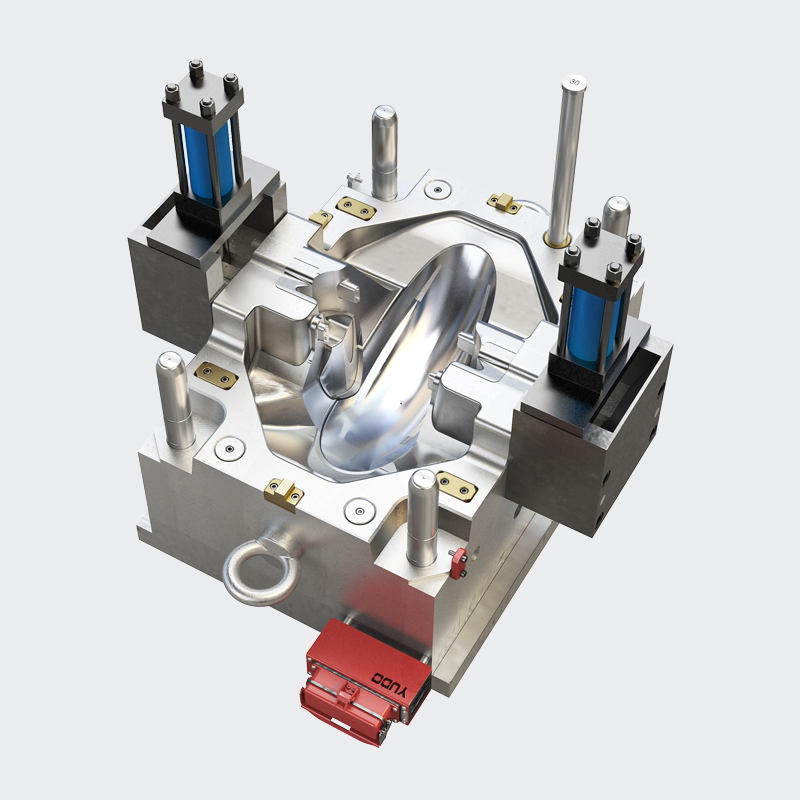1: Increase the performance of metal parts by finishing […]
1: Increase the performance of metal parts by finishing
Chemical conversion coating and type II or III (hard skin) anodizing: enclosure parts made of aluminum may require a chemical conversion coating to prevent metal oxidation while maintaining surface conductivity. Electroless coatings can be combined with other finishes such as powder coatings, type II or type III (hard skin) anodizing to increase durability and change the appearance of metal parts.
Electroless nickel plating or electrolytic nickel plating can be applied to any conductive metal, increasing the durability and environmental protection. Nickel plating also provides a bright luster to the parts.
Electropolishing and passivation: metal parts, especially stainless steel, may require additional electropolishing to improve surface treatment. Combined with cleaning and passivation, it provides an ideal surface treatment for medical devices.
2: Heat treatment changes material properties
Annealing and stress relief: the metal parts can be softened by annealing. Before high tolerance precision milling, it is also widely used for stress relief of large metal parts.
Carburizing, induction hardening and flame hardening: heat treatment can also change properties and make parts harder.
Nitriding is a kind of surface hardening, which can change the external structure of metal components and improve the surface hardness with little change in size. Carburizing is a similar process, by introducing carbon into metallurgy to improve the wear resistance of metal parts.
Low temperature treated steel is a kind of cold treatment. In fact, the material is hardened by liquid nitrogen cooling at - 185 ℃ / - 301 ° F.
Taizhou Huangyan Mengsheng Plastic Mould Co., Ltd.
